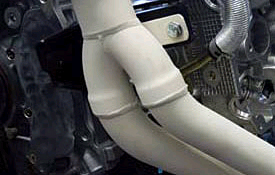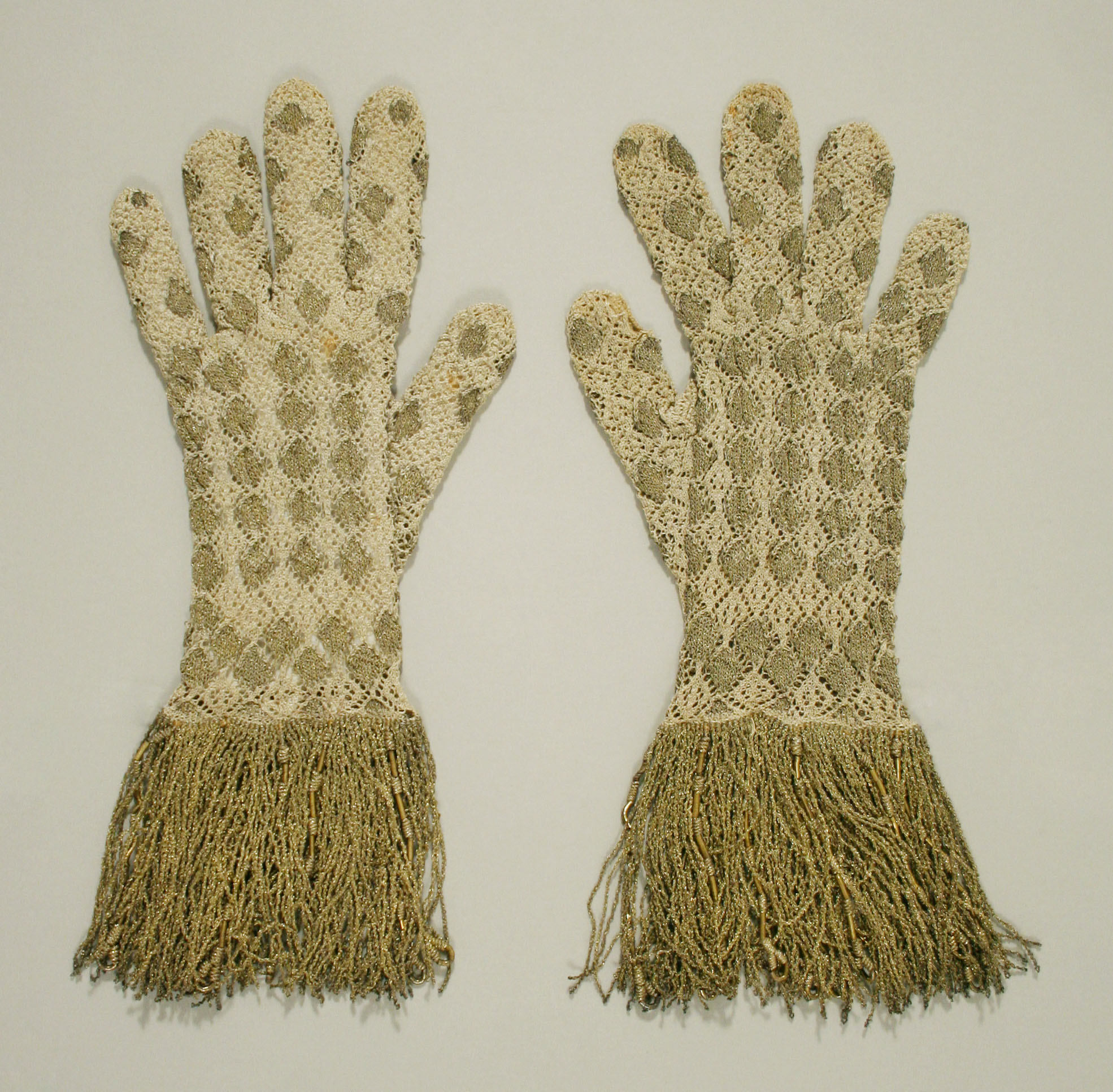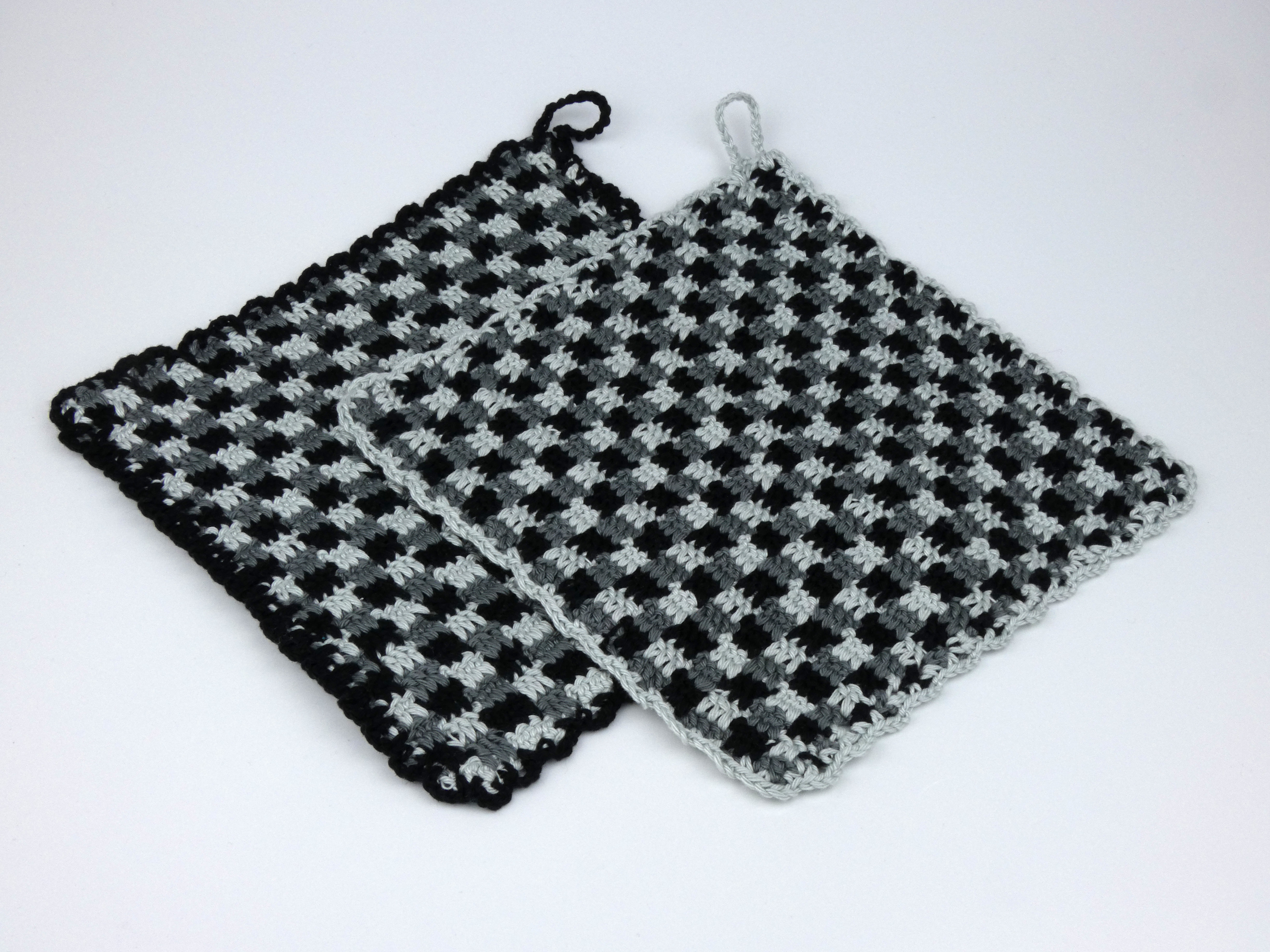|
Oven Glove
An oven glove, also commonly known as an oven mitt, is a thermal insulation, thermal insulated glove or mitten usually worn in the kitchen to easily protect the wearer's hand from hot objects such as ovens, stoves, Cookware and bakeware, cookware, etc. They are functionally similar to pot-holders, but designed to be worn over one's entire hand. Fabric oven mitts usually consist of a layer of thermal insulation surrounded by cotton fabric (often with decorative patterns). Newer oven mitts are often treated with silnylon, which makes them resistant to water and stains, or else are made of stronger synthetic materials such as Kevlar. Single oven mitts are usually designed to be worn on either hand. Other designs consist of two gloves connected by fabric. References See also * Pot-holder Gloves Kitchenware {{Cooking-tool-stub ... [...More Info...] [...Related Items...] OR: [Wikipedia] [Google] [Baidu] |
Oven Gloves In Use
upA double oven A ceramic oven An oven is a tool that is used to expose materials to a hot environment. Ovens contain a hollow chamber and provide a means of heating the chamber in a controlled way. In use since antiquity, they have been used to accomplish a wide variety of tasks requiring controlled heating. Because they are used for a variety of purposes, there are many different types of ovens. These types differ depending on their intended purpose and based upon how they generate heat. Ovens are often used for cooking, usually baking, sometimes broiling; they can be used to heat food to a desired temperature. Ovens are also used in the manufacturing of ceramics and pottery; these ovens are sometimes referred to as kilns. Metallurgical furnaces are ovens used in the manufacturing of metals, while glass furnaces are ovens used to produce glass. There are many methods by which different types of ovens produce heat. Some ovens heat materials using the combustion of a fuel, ... [...More Info...] [...Related Items...] OR: [Wikipedia] [Google] [Baidu] |
Verisure Ovenwant, Winschoten (2023) 04
Verisure (formerly known as Securitas Direct) is a security company based in Versoix, close to Geneva in Switzerland and active in 17 countries in Europe and South America. Hellman & Friedman is currently the main shareholder in the group. The name Securitas Direct is used in two of the group's most prominent markets, Spain and Portugal, but may eventually change to the Verisure name. The Swedish unit addressing the business segment holds the name Securitas Direct and will not change to Verisure. History Verisure was founded in 1988 in Sweden by Dick Seger, under the name Securitas Direct and within Securitas AB, which was founded in 1934. Then it turned into an independent company and during the 1990s the expanded into Europe and Latin America. In 1993, the company established remote monitoring and response services manned by human operators. By 1996, it introduced a service tailored for small businesses, with exceptions for high-risk businesses like jewelry stores and banks. ... [...More Info...] [...Related Items...] OR: [Wikipedia] [Google] [Baidu] |
Thermal Insulation
Thermal insulation is the reduction of heat transfer (i.e., the transfer of thermal energy between objects of differing temperature) between objects in thermal contact or in range of radiative influence. Thermal insulation can be achieved with specially engineered methods or processes, as well as with suitable object shapes and materials. Heat flow is an inevitable consequence of contact between objects of different temperature. Thermal insulation provides a region of insulation in which thermal conduction is reduced, creating a thermal break or thermal barrier, or thermal radiation is reflected rather than absorbed by the lower-temperature body. The insulating capability of a material is measured as the inverse of thermal conductivity, thermal conductivity (k). Low thermal conductivity is equivalent to high insulating capability (R-value (insulation), resistance value). In thermal engineering, other important properties of insulating materials are product density, density (ρ) ... [...More Info...] [...Related Items...] OR: [Wikipedia] [Google] [Baidu] |
Glove
A glove is a garment covering the hand, with separate sheaths or openings for each finger including the thumb. Gloves protect and comfort hands against cold or heat, damage by friction, abrasion or chemicals, and disease; or in turn to provide a guard for what a bare hand should not touch. Gloves are made of materials including cloth, knitted or felted wool, leather, rubber, latex, neoprene, silk, and (in mail) metal. Gloves of kevlar protect the wearer from cuts. Gloves and gauntlets are integral components of pressure suits and spacesuits. Latex, nitrile rubber or vinyl disposable gloves are often worn by health care professionals as hygiene and contamination protection measures. Police officers often wear them to work in crime scenes to prevent destroying evidence in the scene. Many criminals wear gloves to avoid leaving fingerprints, which makes the crime investigation more difficult. However, the gloves themselves can leave prints that are just as unique as human fingerp ... [...More Info...] [...Related Items...] OR: [Wikipedia] [Google] [Baidu] |
Mitten
A mitten is a type of glove that covers the hand but does not have separate finger openings or sheaths. Generally, mittens still separate the thumb from the other four fingers. They have different colours and designs. Mittens provide greater thermal insulation than gloves as they have a smaller Surface-area-to-volume ratio, surface area exposed to the cold, but have a trade-off in dexterity. Mittens are associated with cold weather, children's clothing, comfort and various occupational uses. In the English-speaking world, they also have a cultural association with domestic cats, as in the "Three Little Kittens". Mittens are a common sight on ski slopes, as they not only provide extra warmth but extra protection from injury. They are also recommended as part of extreme cold weather clothing. Oven glove, Oven mitts are worn in the kitchen to protect the hands from hot objects. History Humans have likely used mittens for millennia, but wool and other materials used to construct ... [...More Info...] [...Related Items...] OR: [Wikipedia] [Google] [Baidu] |
Kitchen
A kitchen is a room (architecture), room or part of a room used for cooking and food preparation in a dwelling or in a commercial establishment. A modern middle-class residential kitchen is typically equipped with a Kitchen stove, stove, a sink with hot and cold running water, a refrigerator, and worktops and kitchen cabinet (furniture), cabinets arranged according to a modular design. Many households have a microwave oven, a dishwasher, and other electric appliances. The main functions of a kitchen are to store, prepare and cook food (and to complete related tasks such as dishwashing). The room or area may also be used for dining (or small meals such as breakfast), entertaining and laundry. The design and construction of kitchens is a huge market all over the world. Commercial kitchens are found in restaurants, cafeterias, hotels, hospitals, educational and workplace facilities, army barracks, and similar establishments. These kitchens are generally larger and equipped with big ... [...More Info...] [...Related Items...] OR: [Wikipedia] [Google] [Baidu] |
Oven
upA double oven A ceramic oven An oven is a tool that is used to expose materials to a hot environment. Ovens contain a hollow chamber and provide a means of heating the chamber in a controlled way. In use since antiquity, they have been used to accomplish a wide variety of tasks requiring controlled heating. Because they are used for a variety of purposes, there are many different types of ovens. These types differ depending on their intended purpose and based upon how they generate heat. Ovens are often used for cooking, usually baking, sometimes broiling; they can be used to heat food to a desired temperature. Ovens are also used in the manufacturing of ceramics and pottery; these ovens are sometimes referred to as kilns. Metallurgical furnaces are ovens used in the manufacturing of metals, while glass furnaces are ovens used to produce glass. There are many methods by which different types of ovens produce heat. Some ovens heat materials using the combustion of a ... [...More Info...] [...Related Items...] OR: [Wikipedia] [Google] [Baidu] |
Stove
A stove or range is a device that generates heat inside or on top of the device, for - local heating or cooking. Stoves can be powered with many fuels, such as natural gas, electricity, gasoline, wood, and coal. Due to concerns about air pollution, efforts have been made to improve stove design. Pellet stoves are a type of clean-burning stove. Air-tight stoves are another type that burn the wood more completely and therefore, reduce the amount of the combustion by-products. Another method of reducing air pollution is through the addition of a device to clean the exhaust gas, for example, a filter or afterburner. Research and development on safer and less emission releasing stoves is continuously evolving. Etymology Old English had a word ''stofa'', meaning a hot-air bath or sweating room. However, this usage did not survive, and the word was taken newly from Middle Low German or Middle Dutch in the 15th or 16th century, later meaning any room heated with a furnace. By the ... [...More Info...] [...Related Items...] OR: [Wikipedia] [Google] [Baidu] |
Cookware And Bakeware
Cookware and bakeware is food preparation equipment, such as cooking pots, pans, baking sheets etc. used in kitchens. Cookware is used on a stove or range cooktop, while bakeware is used in an oven. Some utensils are considered both cookware and bakeware. There is a great variety of cookware and bakeware in shape, material, and inside surface. Some materials conduct heat well; some retain heat well. Some surfaces are non-stick; some require seasoning. Some pots and their lids have handles or knobs made of low thermal conductance materials such as bakelite, plastic or wood, which make them easy to pick up without oven gloves. A good cooking pot design has an "overcook edge" which is what the lid lies on. The lid has a dripping edge that prevents condensation fluid from dripping off when handling the lid (taking it off and holding it 45°) or putting it down. History The history of cooking vessels before the development of pottery is minimal due to the limited arch ... [...More Info...] [...Related Items...] OR: [Wikipedia] [Google] [Baidu] |
Pot-holder
A potholder is a piece of textile (often quilted) or silicone used to cover the hand when holding hot kitchen cooking equipment, like pots and pans. They are frequently made of polyester and/or cotton. Crocheted potholders can be made out of cotton yarn as a craft project/folk art. A potholder offers protection for only one hand at a time. To lift a pan with two hot handles using both hands, two potholders are needed. For holding a hot piece of equipment, the potholder is folded around it and grasped with the hand. Generally a rubber surface will be on one side to grip and a fabric side to absorb the heat on the other side. When made of textile fabric, potholders typically have an inner layer of a material providing thermal insulation sandwiched between more colorful or decorative outsides. The most common type commercially available nowadays has the form of a square, with a side length varying from to and slightly rounded corners, and a textile loop at one of the corners for ... [...More Info...] [...Related Items...] OR: [Wikipedia] [Google] [Baidu] |
Cotton
Cotton (), first recorded in ancient India, is a soft, fluffy staple fiber that grows in a boll, or protective case, around the seeds of the cotton plants of the genus '' Gossypium'' in the mallow family Malvaceae. The fiber is almost pure cellulose, and can contain minor percentages of waxes, fats, pectins, and water. Under natural conditions, the cotton bolls will increase the dispersal of the seeds. The plant is a shrub native to tropical and subtropical regions around the world, including the Americas, Africa, Egypt and India. The greatest diversity of wild cotton species is found in Mexico, followed by Australia and Africa. Cotton was independently domesticated in the Old and New Worlds. The fiber is most often spun into yarn or thread and used to make a soft, breathable, and durable textile. The use of cotton for fabric is known to date to prehistoric times; fragments of cotton fabric dated to the fifth millennium BC have been found in the Indus Valley civilizat ... [...More Info...] [...Related Items...] OR: [Wikipedia] [Google] [Baidu] |
Silnylon
Silnylon, a portmanteau of "silicone" and "nylon", is a synthetic fabric used mainly in lightweight outdoor gear. It is made by impregnating a thin woven nylon fabric with liquid silicone from both sides. This makes it strong for its weight, as the silicone substantially improves the tear strength. It is also highly waterproof, but not breathable. Many colours are available. It is used in the manufacture of backpacks, tarps and tarp tents, bivy bags, etc., particularly by ultralight backpackers. Several types of silnylon are produced. The common type is a quiet, silky, very slippery fabric. The variant known as "crisp silnylon" is lighter, but brittle, noisy in movement, and easily torn. Some versions are made from the stronger nylon 66 and are used for applications like parachutes and hot air balloons. Some use a blend of silicone and polyurethane, partly to reduce the air pollution Air pollution is the presence of substances in the Atmosphere of Earth, air that are harm ... [...More Info...] [...Related Items...] OR: [Wikipedia] [Google] [Baidu] |









